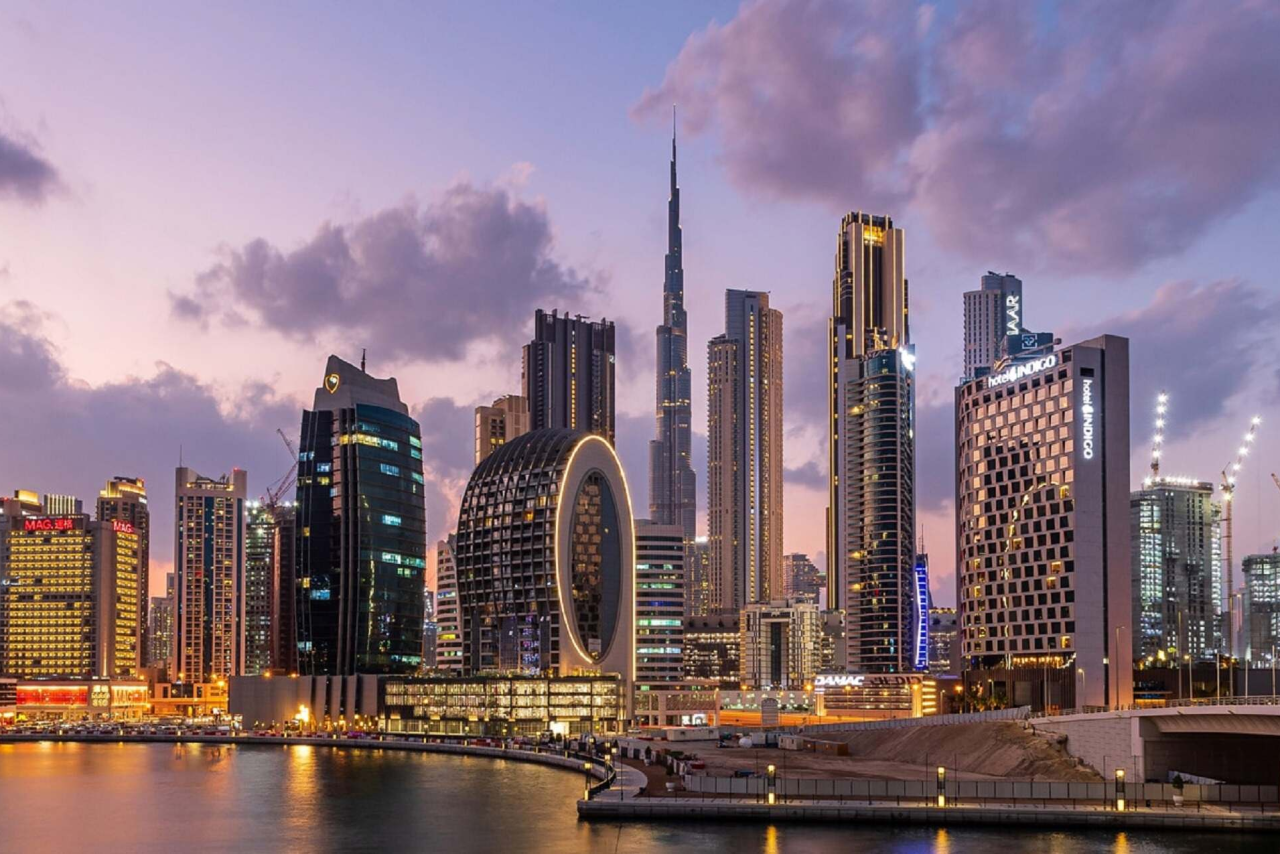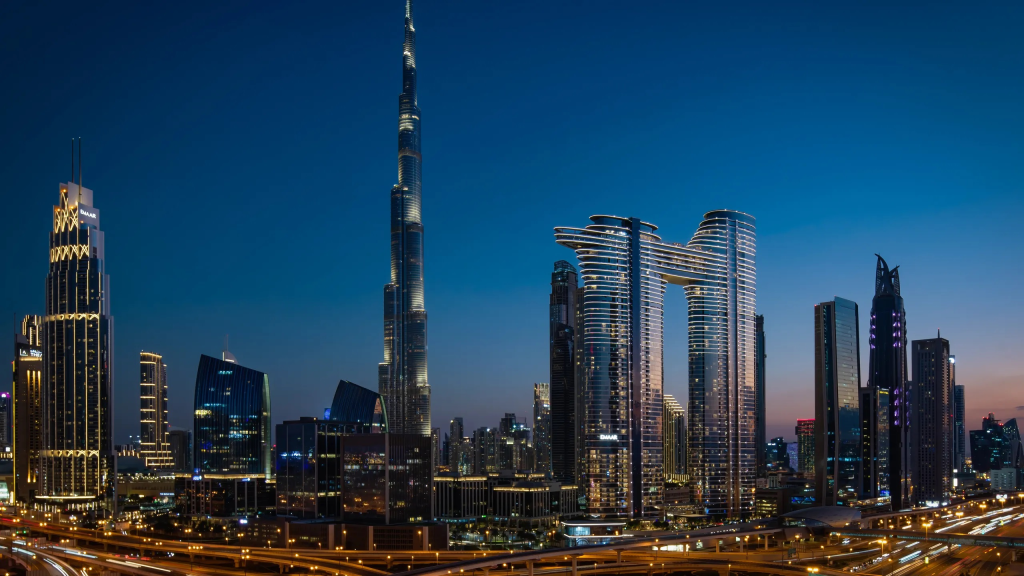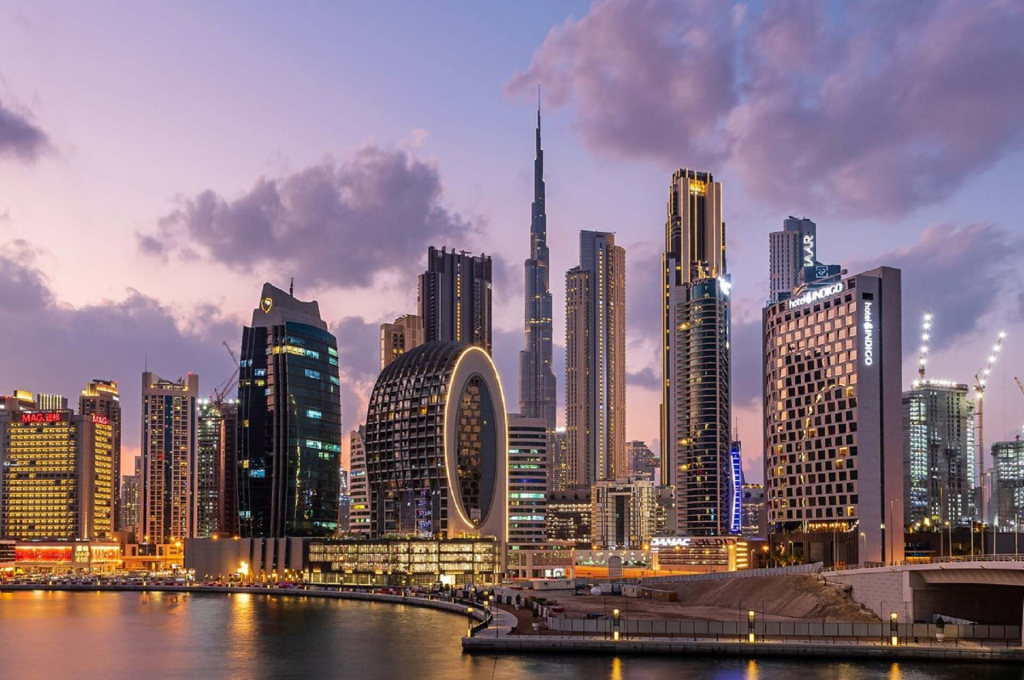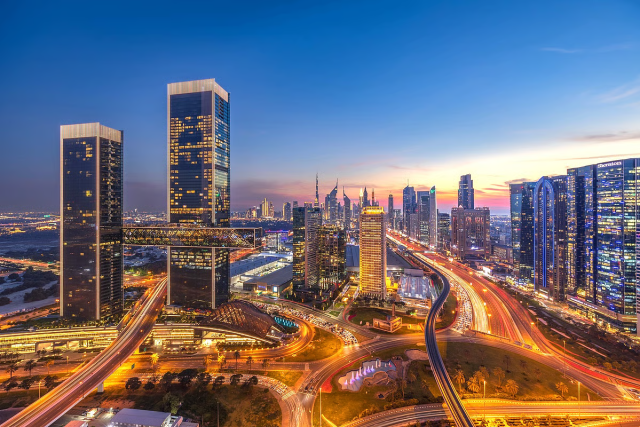
In September 2025, the UBS Global Real Estate Bubble Index flagged Dubai as facing an “elevated risk” of a property bubble, placing it in the same risk bracket as cities like Los Angeles, Amsterdam, and Geneva. The index noted that over the past five years, real (inflation‑adjusted) property prices in Dubai have climbed by about 50%, and since mid‑2023 the growth has been in double digits. That rapid ascent, outpacing income growth and rent appreciation, is a classic warning sign for overheating.
Yet many local experts and market participants caution against viewing the situation as a classic bubble. They argue that Dubai’s fundamentals — demographic growth, foreign capital inflows, distinct urban planning, and a relatively low base of leverage — give it built‑in buffers that many global indices can miss.
Below, I unpack both sides of the debate, exploring the red flags, the counterarguments, and where I believe the balance lies.
The “Bubble Warning”: What the Global Indices See

Rapid Price Growth Outpacing Fundamentals
- According to UBS, real house prices in Dubai are 50% higher than they were five years ago — the strongest increase among the cities studied.
- Since mid‑2023, the pace of growth has accelerated, raising concerns that capital appreciation is driving much of the demand.
- Meanwhile, incomes have not kept up. UBS notes that affordability is becoming strained, and that the price-to-income and price-to-rent ratios are diverging.
Supply Pressures
- Building permits and construction activity are nearing levels seen before the 2017 cycle — a time just before the last downturn.
- Some analysts, such as Fitch, warn that a wave of new supply — including 150,000+ units over the next few years — could pressure prices downward by up to 15 %.
- In parts of the market, “flippers” (investors buying to resell quickly) are already pulling back, and some buyers report buyer’s remorse in speculative off‑plan projects.
Sensitivity to External Shocks
- Dubai’s market is heavily exposed to global capital flows, interest rate movements, oil price volatility, and investor sentiment. A change in any major macro factor (e.g. tighter global monetary conditions) could have outsized effects.
- Because much of the investment in Dubai’s real estate comes from abroad, any shift in geopolitical risk or global capital allocation can influence demand quickly.
Given all that, the global indices and many international analysts argue that Dubai—while not necessarily in an immediate crash scenario—faces “elevated risk” of a correction or at least a slowdown.
The Local Counterpoint: Why This Time Might Be Different

Population Growth & Ongoing Demand
- Dubai’s population has surged — crossing 4 million earlier than expected — fueling consistent demand for housing across segments.
- Some local figures estimate 45,000–96,000 new homes will be delivered in 2026 — and even then, assuming modest household sizes, that demand could absorb much of the supply.
- In particular, villas and townhouses (less commoditized segments) may continue to see strong appetite due to scarcity of large plots in prime areas.
Foreign Capital & Cash Buyers
- Because a substantial share of buyers are international (often cash buyers), the market is not as heavily leveraged as in some overlevered bubble scenarios.
- Dubai’s attractiveness as an international hub, with favorable tax and visa rules, continues to draw liquidity.
Differentiated Market Segments & Flight to Quality
- Locals note that not all properties are equal. Lower-quality, off‑plan, speculative units may be vulnerable, but high‑end, well-located, quality projects tend to hold value better.
- Some experts argue that a cooling may be more selective than systemic, affecting smaller units or less desirable locations, while prime inventory remains resilient.
Regulatory levers & Government Role
- Dubai has more flexibility to adjust regulations, incentives, and policies compared to many jurisdictions. For example, leveraging visa reforms, adjusting developer payment plans, or selectively restricting speculative units can act as pressure valves.
- Because the government and major developers have considerable influence, they may coordinate to manage excesses more actively than in more fragmented markets.
Balancing the View: A More Nuanced Outlook

It’s tempting to lean heavily on either the doom‑or‑boom narrative, but the reality likely lies somewhere in the middle. Here’s how I see it:
- A pause or mild correction is plausible, not a collapse.
Given the pace of gains and looming supply pressures, a moderation in price growth—or even modest declines (5–10%) in certain segments—seems prudent. But a widespread crash seems less likely as long as major fundamentals hold. - Quality will be key.
In the months ahead, we’ll probably see a bifurcation: premium, well‑positioned properties will continue to command attention, while second- and third‑tier or speculative units may be under pressure. - Sentiment and financing will play an outsized role.
Because much of the market is sentiment-driven and capital-driven, psychology matters. If foreign investors shift direction or credit conditions tighten globally, Dubai may feel the effects sooner than one would expect from home fundamentals alone. - Policy agility is a strength and a wild card.
The ability of authorities to tweak supply incentives, foreign ownership rules, or payment models could help smooth volatility. But missteps or overcorrection could also exacerbate a downturn. - Timing and regional competition matter.
Dubai faces growing competition from other Gulf cities, especially as Saudi Arabia and Abu Dhabi open up more real estate to foreign buyers. If capital flows are diverted, Dubai could be more exposed than indices suggest.
What to Watch Next
To gauge where the market heads from here, keep an eye on:
- Monthly transaction volumes (especially in ready / resale inventory)
- Rental yield trends and vacancy rates
- The pace of new supply handovers and project completions
- Changes in policy (e.g. foreign ownership, taxes, developer incentives)
- External macro shifts: global interest rates, geopolitical risks, foreign capital flow
- Sentiment metrics (e.g. investor surveys, off‑plan reservation rates)
Conclusion
The UBS index and other global metrics are right to raise caution: Dubai’s real estate gains have been steep, and red flags such as decoupling from incomes, accelerating supply, and dependency on foreign capital cannot be ignored. But to call Dubai’s market a classic bubble — without nuance — is simplistic.
Local experts rightly push back: Dubai has unique strengths (rapid population growth, flexible governance, international capital appeal) that can help it absorb shocks better than many foresaw. The impending test will likely be one of balance — not runaway collapse or uninterrupted boom — and how well the Dubai market and its stakeholders manage that equilibrium.




Leave a Reply